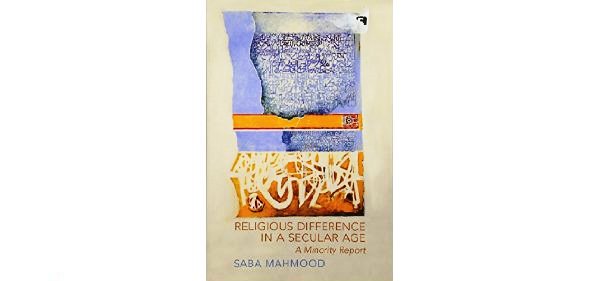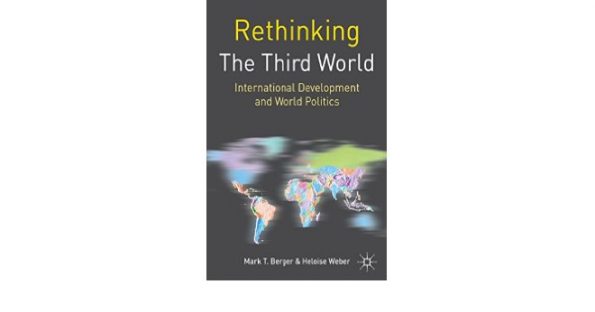
Saba Mahmood
Religious Difference in a Secular Age
(Princeton and Oxford: Princeton University Press, 2016, ISBN: 978-0-691-15327-8, 237 pp., $14.72)
| Published in Journal of Global Analysis – Vol. 7 No. 2 | |
| Download the article in PDF format… |
Recent ban on (and subsequent suspension of) burkini in France as, allegedly, an outfit against good morals and secularism, as well as ISIS’s brutal treatment of minorities in Iraq and Syria, have brought to fore once again the issues of religious minorities and secularism which comprise the core themes of Saba Mahmood’s latest book.
It is a long-held assumption that religious conflicts, especially in war-torn areas like the Middle East, would have been less severe had the states in the region embraced secularism whole-heartedly by giving all citizens equal rights and by making the state apparatus neutral to religious affiliations of its subjects. Mahmood, however, would object this in the case of postcolonial Egypt, but expectedly in other environments like Europe as well, and would argue that secularism has created or exacerbated the current religious strife rather than ameliorating it. Secularism, her argument goes on, has a contradictory feature: while it is based on the neutrality of the state in religious affairs, separation of the state and church, and relegating the latter to the realm of private sphere, it defines and demarcates the boundaries of religion and regulates it and thereby entangles the state in “substantive issues of religious doctrine and practice” (p. 2). Therefore, secularism makes religion more critical for the identity of the majority and minority. In addition, the state adopts majoritarian values, norms and cultural symbols as representative of neutral identity of the nation and views the minority norms and symbols as a threat to the national identity and, thereby, restricts and represses them whether in Egypt in the case of Baha’i and Shi’ite minority or in Europe in the case of the Muslim minority. Declaring veil (or burkini, though Mahmood does not mention it) as a symbol of gender inequality and enslavement of women, hence, banning it in the public institutions, and in contrast, portraying crucifix as a symbol of liberty, equality, religious freedom, and human dignity in the Europe are striking examples of how majoritarian values and norms permeate the state laws; an institution which is supposed to be neutral about the religious difference. These majoritarian biases, Mahmood would argue, are at work both in assertive models of secularism like Turkey and France and at the purportedly “incomplete” secularism like Egypt.
Mahmood contends that values like religious equality and freedom of belief which are hailed as neutral and universal are, also, shaped, articulated, and enforced in a historical trajectory for the advancement of colonial interests. Recurrent interventions in the internal affairs of independent states in the name of protecting human rights of religious minorities like Christians in Ottoman Empire, or Copts in the modern Egypt, were pushed for by geopolitical interests. Similar concerns are raised by the article 18 of the Universal Declaration of Human Rights (UDHR) about protection of the religious beliefs which is adopted because of a campaign by American Evangelicals and European missionaries to facilitate their proselytizing campaigns in the Islamic world and communist countries, so, “it is hard to separate the religious elements of [these] campaigns from secular ones” (p.46-47).
The book is organized into two parts and five chapters. Chapter one is a genealogy of two concepts of religious liberty and minority rights in the modern Middle East. Three historical developments are covered in this relation: Ottoman Empire and how its sovereignty was undermined by European powers in the nineteen century in the name of protecting Christian minorities, the shift from imperial rule to popular sovereignty in the form of nation-states, and the interwar period in which the League of Nations adopted an agenda to protect minority rights in the non-Western countries which resulted –ironically- in the ascendancy of Nazism in the heart of the Europe. Then in chapter two, the controversy over the concept of minority in the Egypt is investigated. This chapter deals with how colonial connotations of the term, as well as its implications in the international law, has persuaded the Copts and the Egyptian government to reject identifying the former as a minority for a large part of the 20th century. More recently, however, the discourse of religious liberty has dominated the human rights organizations and the Copts and the government increasingly use the term “minority”. This shift in the discourse was a result of three developments: the shift to the paradigm of good governance which implies more attention to the human rights, the growth of the American evangelicals in their claims of protecting the persecuted churches in the 1990s, and the 1998 adoption of the International Religious Freedom Act by the US Congress. In chapter three, the issue of privatization of the family and religion in the modern secular state is discussed with a particular focus on the role of modern family laws in creating tensions resulted from inter-religious marriages and conversions, and allegations of abduction as in the famous cases of Camilia Shehata, Wafa Qustuntin, and others in Egypt.
The issue of regulation of the Baha’i’s religious differences by the Egyptian courts by recourse to “public order” is investigated in the fourth chapter and striking similarities are drawn between the Egyptian courts’ decisions about religious minorities and the European Court of Human Rights’ decisions about Muslim minorities in Europe. Chapter five deals with the controversies aroused by the publication of the novel of Azazeel which is written by Youssef Zeidan and has questioned the orthodox beliefs of the Coptic Church. Mahmood argues that conceptions of the factual historicity of the sacred texts (which is a modern, secular understanding of historicity) underlies both sides of this dispute. In the Epilogue, Mahmood reiterates the major argument of the book that “the principle of religious equality, when the provenance of the state, is subject to majoritarian norms and sensibilities” (p. 209).
Overall, Religious Difference in a Secular Age is an enlightening exposition of the politics of secularity and minority issues in the age of dominance of the Western notion of the secular. This book shall be seen in line with the intellectual trajectory consolidated in Talal Asad’s Formations of the Secular (2003) and continued with Mahmood’s previous brilliant book Politics of Piety (2005).
Mahmoud Pargoo
PhD candidate
Australian Catholic University
[email protected]



